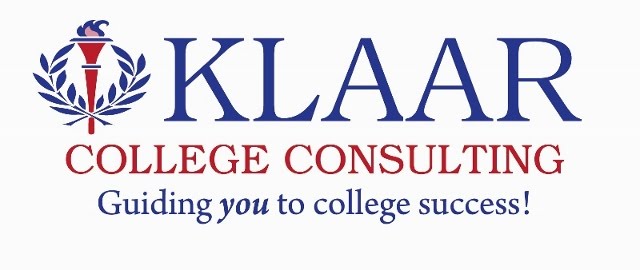Tuesday, January 8, 2013
Junior Year: It’s College Crunch Time!
For many juniors, the end of winter break ushers in an important time in their high school careers, as they begin to seriously look at their college options. With more than 3,500 colleges nationwide, there are many factors for students and parents to take into consideration. No wonder the college selection process can seem overwhelming! To help you focus your efforts, here are the top three things to zero in on right now:
1. Define your criteria for choosing a college
Think seriously about the things that are important to you in choosing a school. Are you looking for a specific academic program, or is student life more important? How large or small of a college would you feel most comfortable with? Do you want a school where there are opportunities to study abroad? Would you like a conservative environment, or a more liberal one? How far from home do you want to be?
2. Realistically evaluate your credentials
One of the shifts that has affected college admissions is “grade inflation.” In the past, the traditional bell curve for an average grade was C; now the average grade is B, which can give kids and parents of B students a false sense of security.
Also look at how challenging your high school course load has been. Challenging courses, including AP classes, show schools that you’re committed to academics and that you used your time in high school wisely.
It’s also important to be involved in your school and in the community, and to commit to a few activities. If possible, these should include athletics and/or the arts, student government, and community service activities.
If you’re in Scouting, achieving the Eagle rank or Gold Award levels are very impressive to college admissions counselors, because of the dedication and leadership potential they represent.
3. Understand the need for a balanced list of colleges based on financial and acceptance likeliness
When choosing a college, it’s important to not only look at what you want from a school, but what the school wants from you. Be aware of things such as the acceptance rate of various schools, and the credentials of the accepted students.
In terms of cost, local state schools may not always be the least expensive. Many are facing huge challenges and the pool of funds available for financial assistance has dried up significantly. Private schools, on the other hand, are funded by endowments, and when private schools want an excellent, standout student who will be a credit to them, they can shift more Merit Scholarship dollars towards getting that student, and less towards a more average student who may choose to go there.
If you’d like help in finding the best possible match between your student’s educational, social, and financial needs, and what colleges offer, give us a call. We’ve guided hundreds of students to college success! To schedule your first consultation, just call 301-834-6888 or email us at Charlotte@cklaar.com.
Subscribe to:
Posts (Atom)




